Hello everyone! I hope everyone had a wonderful Mother’s Day this past weekend. I spent mine with my lovely fiancé’s mom and stepdad and was able to create some yummy culinary delights. In particular I made the ‘Life-Changing Loaf of Bread’ by the lovely Sarah B. over at My New Roots and a nut butter to go along with it. I was lucky enough to meet Sarah last year while in Copenhagen and attended her first cooking class! She is an amazing teacher and the ultimate foodie 🙂 Ok. On to the bread; it is nutrient dense, gluten-free and contains many nuts, seeds, and psyllium fiber (!) as the binder.
I saw this bread on Sarah’s blog back in February and have been dying to try it but one thing held me back: the silicon loaf pan! I was lucky enough to finally find one (rare in the city for some reason) just in the nick of time. The pan, in my humble opinion, really makes this bread effortless.
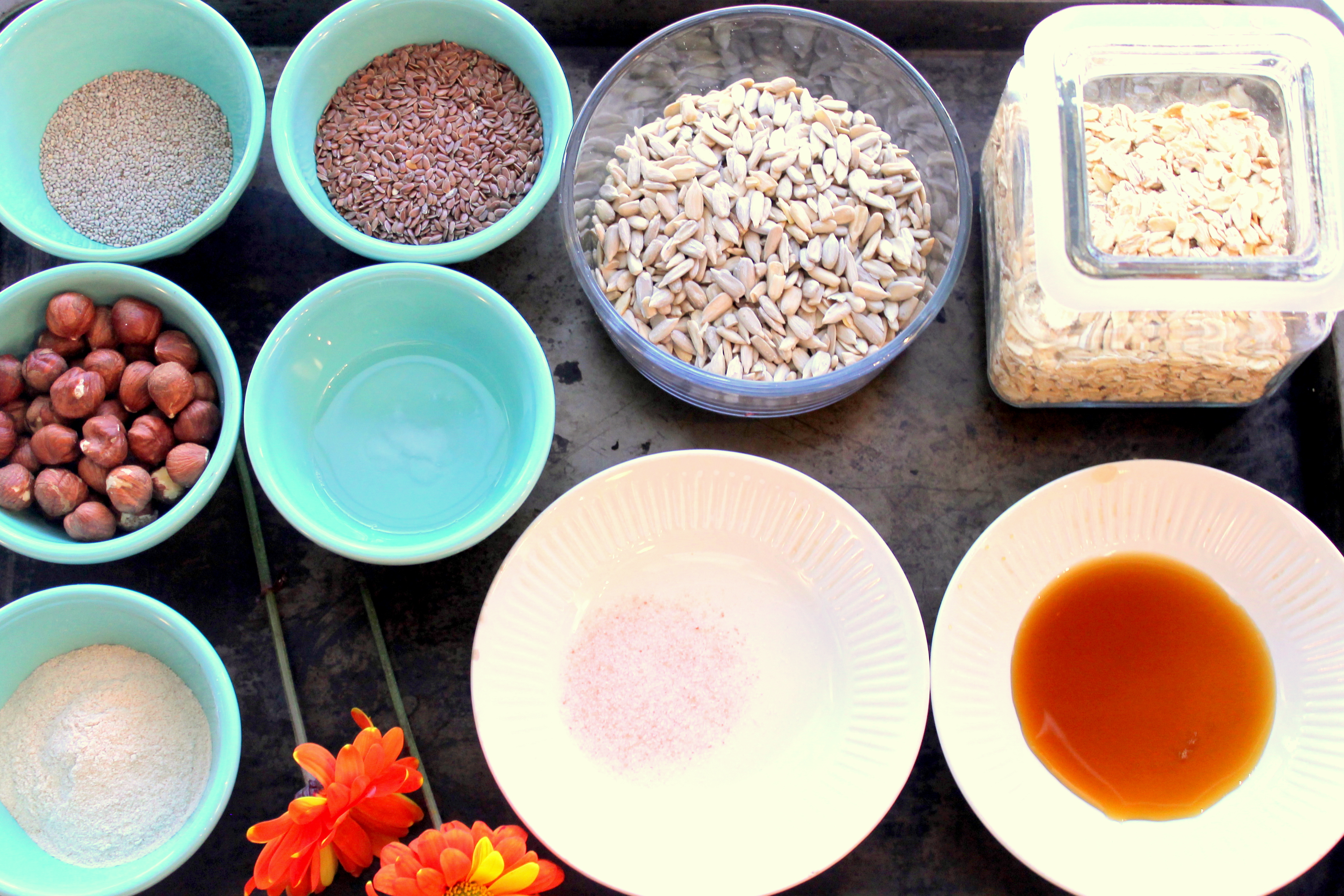
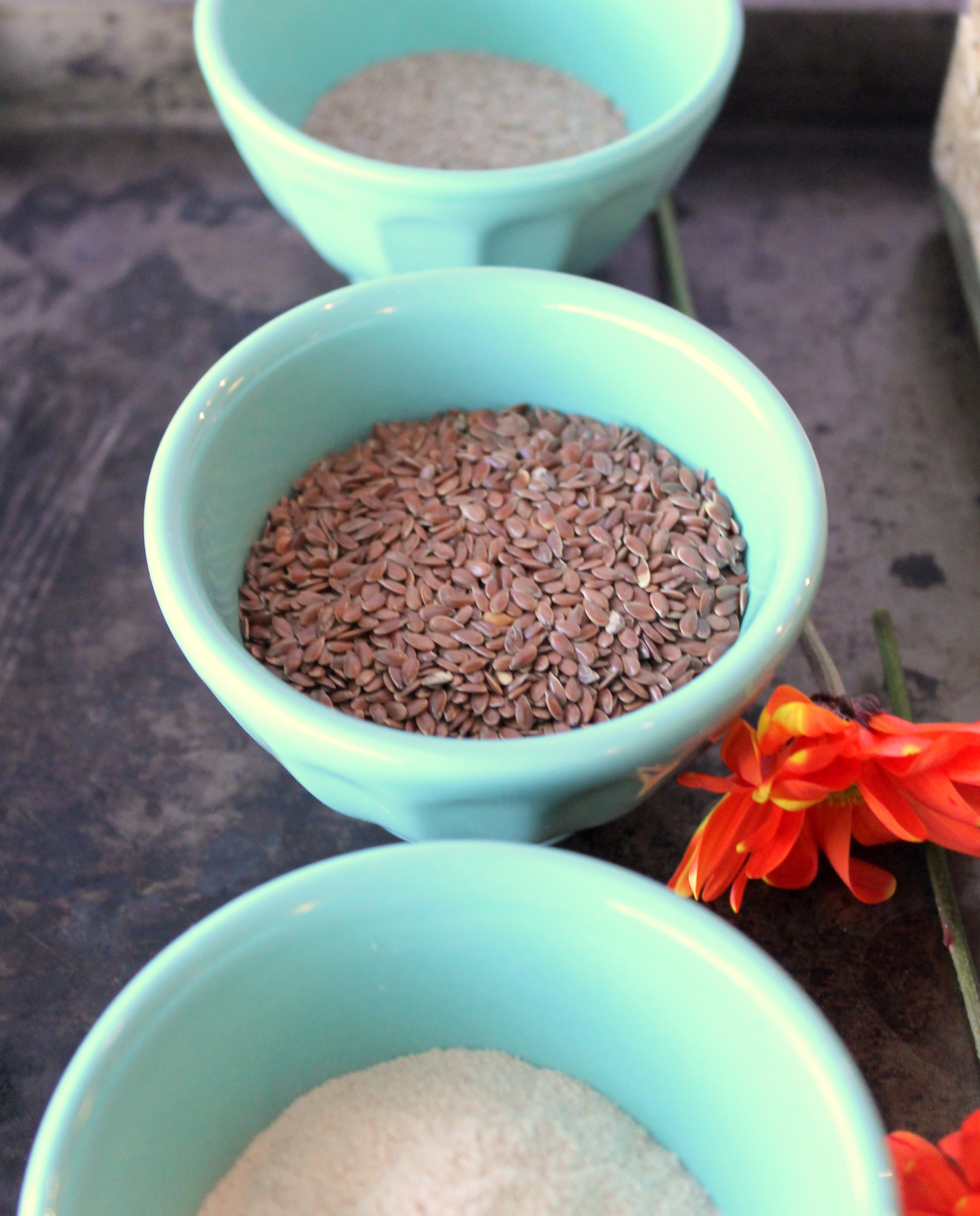
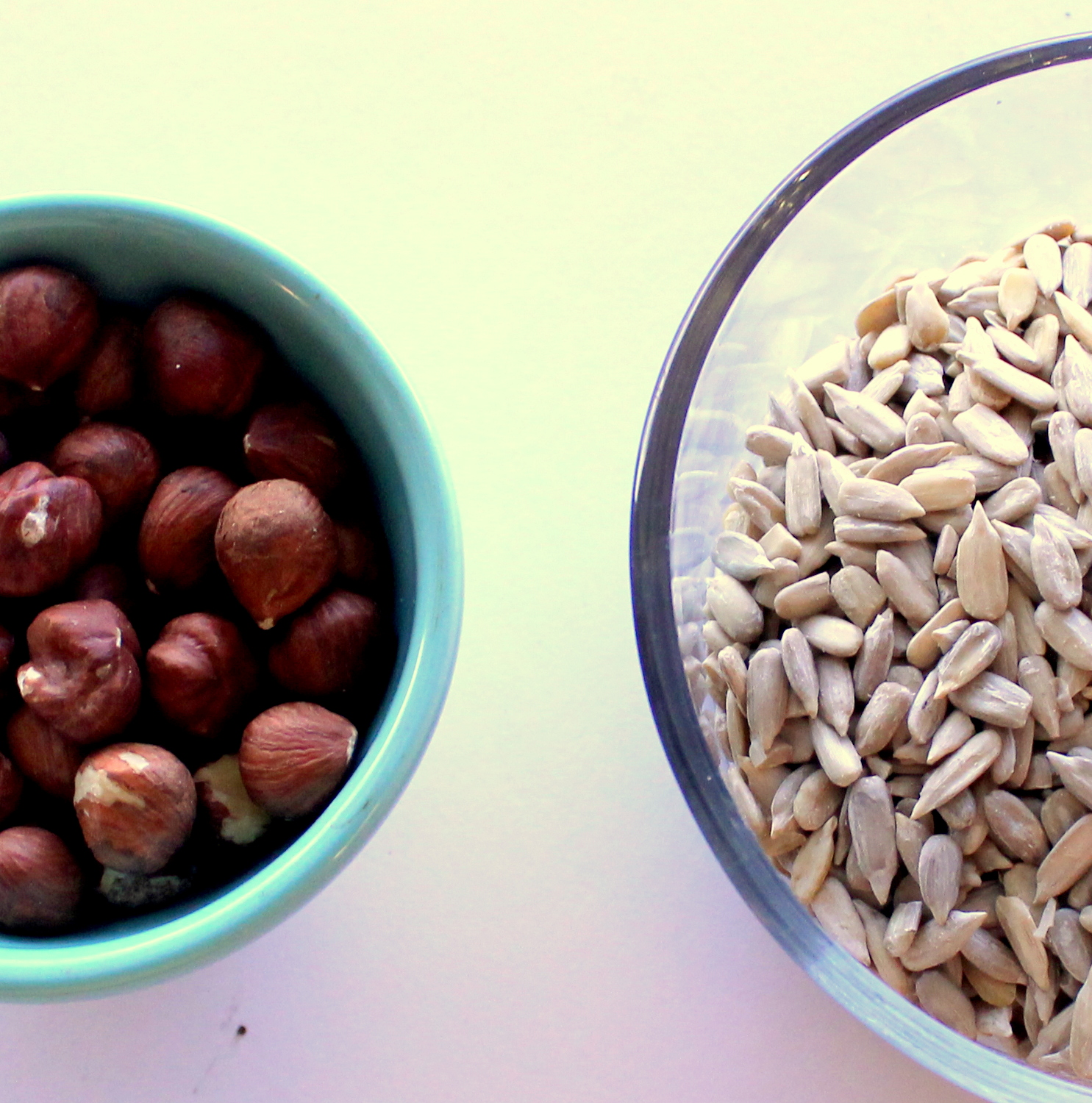 I made this bread for Mother’s Day because my future mother-in-law has recently gone gluten free and this bread was a perfect way to introduce her to a healthy bread alternative. Gluten-free is a tricky term. Just because something is gluten-free does not make it healthy. I repeat it doesn’t make it any healthier than regular ole gluten containing bread! The gluten-free options may contain things like rice flour and potato starch which can increase your blood sugar and spike insulin which is not what we are aiming for 🙁
I made this bread for Mother’s Day because my future mother-in-law has recently gone gluten free and this bread was a perfect way to introduce her to a healthy bread alternative. Gluten-free is a tricky term. Just because something is gluten-free does not make it healthy. I repeat it doesn’t make it any healthier than regular ole gluten containing bread! The gluten-free options may contain things like rice flour and potato starch which can increase your blood sugar and spike insulin which is not what we are aiming for 🙁
Over-spiking your insulin levels regularly leads to visceral fat aka a spare tire. Visceral fat is not only and unsightly irritant; it also causes inflammatory responses in the body. Inflammation leads to acne, diabetes, arthritis, heart disease, etc.
Recently, gluten-free has been a big buzz word for many people. As with most nutritional news the general public receives a less than comprehensive version of why to eliminate a certain food in their diet or in this case, a certain protein.
The Low Down on Gluten
- found in wheat, spelt, barley and rye and sometimes oats (via cross contamination)
- over the last century wheat has been hybridized to contain more and more gluten
- gives bread that ‘fluffy’ texture
- it is hard to digest for many people
- it is clogging to the digestive system preventing absorption of nutrients (think glue in your guts, like paper mâché which is made from wheat flour)
- irritating to the gut lining leading to allergies, food intolerances and leaky gut (food particles escape into the bloodstream via holes in the gut, causing allergic reactions in the body leading to inflammation!)
Bread and Sugar
Most if not all conventional bread contains a lot of sugar in the form of added sugar and the carbohydrates naturally found in wheat. The carbohydrates in wheat, specifically amylopectin which is a polymer of glucose sugar subunits, can even break down faster into glucose than table sugar and cause blood sugar to spike more quickly!
In this recipe the use of fiber rich nuts and seeds controls the release of any sugar and makes it a good blood sugar stabilizer. The bread also contains healthy fats and proteins which also help with reducing any insulin spikes associated with excessive sugar consumption. So don’t worry too much about the maple syrup used in the recipe but feel free to use stevia if blood sugar levels are an issue for you.
I followed Sarah’s recipe to a T and it came out perfectly (hopefully evidenced by my humble photos). I made some very small changes, however, if you like, you can find her original recipe with some more information on the bread (as well as some gorgeous pictures) here.
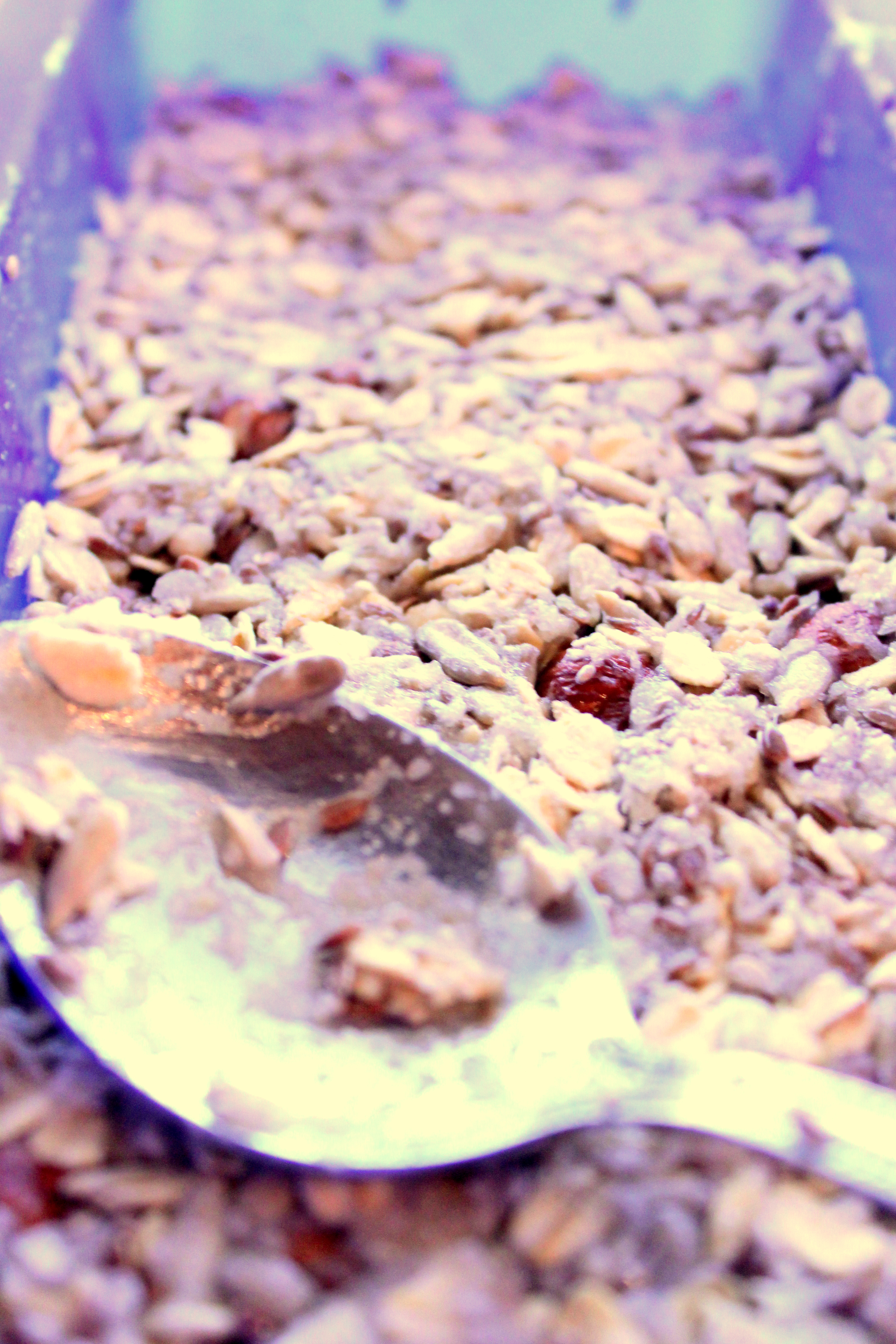

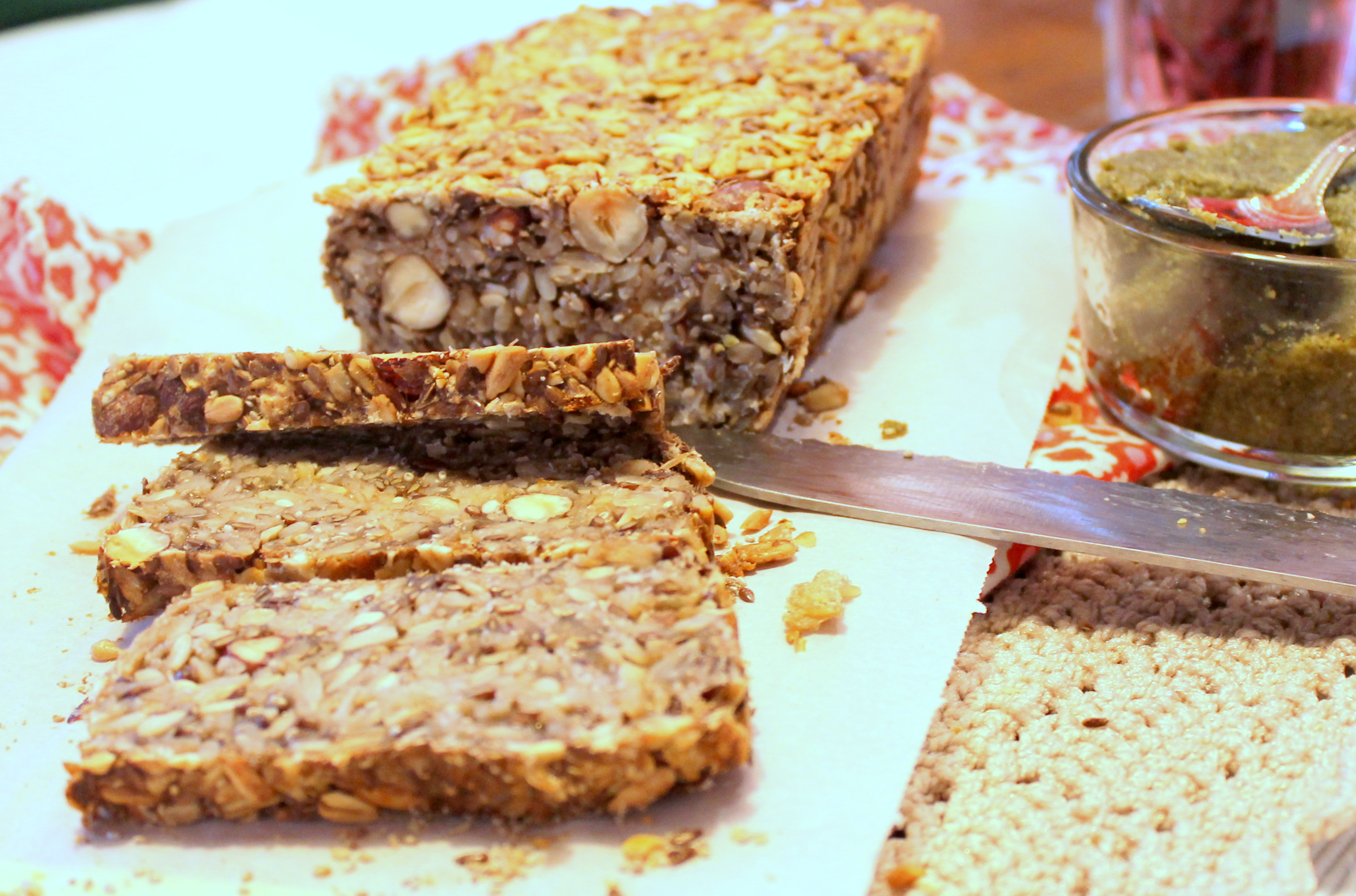 The Life-Changing Loaf of Bread
The Life-Changing Loaf of Bread
Makes 1 loaf, please buy all ingredients organic if possible
Ingredients:
- 1 cup sunflower seeds
- ½ cup flax seeds
- ½ cup hazelnuts or almonds (I used hazelnuts)
- 1 ½ cups rolled oats
- 2 Tbsp. chia seeds
- 4 Tbsp. psyllium seed husks (3 Tbsp. if using psyllium husk powder)
- 1 tsp. Himalayan pink salt
- 1 Tbsp. maple syrup (for sugar-free diets, use a pinch of stevia)
- 3 Tbsp. melted coconut oil
- 1 ½ cups water
Directions:
- In a flexible, silicon loaf pan combine all dry ingredients, stirring well.
- In a separate cup whisk maple syrup, oil and water together.
- Add the liquid mixture to the dry ingredients and mix very well until everything is completely soaked and dough becomes very thick (if the dough is too thick to stir, add one or two teaspoons of water until it is manageable).
- Smooth out the top with the back of a spoon. Let sit out on the counter for at least 2 hours, or all day or overnight. To check if the dough is ready, it should retain its shape even when you pull the sides of the loaf pan away from it.
- Preheat oven to 350°F/175°C.
- Place loaf pan in the oven on the middle rack, and bake for 20 minutes.
- Remove bread from loaf pan, place it upside down directly on the rack and bake for another 30-40 minutes (I baked mine for 30 minutes).
- Bread is done when it sounds hollow when tapped.
- Let cool completely before slicing.
- Store bread in a tightly sealed container for up to five days. (There were no leftovers, it was THAT good!)
So be sure to check out Sarah B.’s blog and try her delicious creation! She is definitely one of my foodie inspirations!
~Michelle
Holistic Nutritionist.

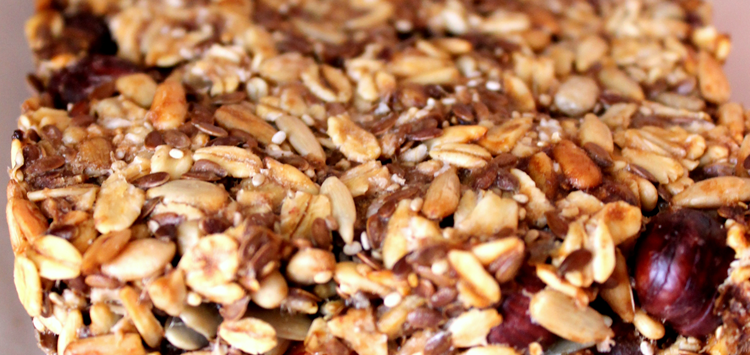
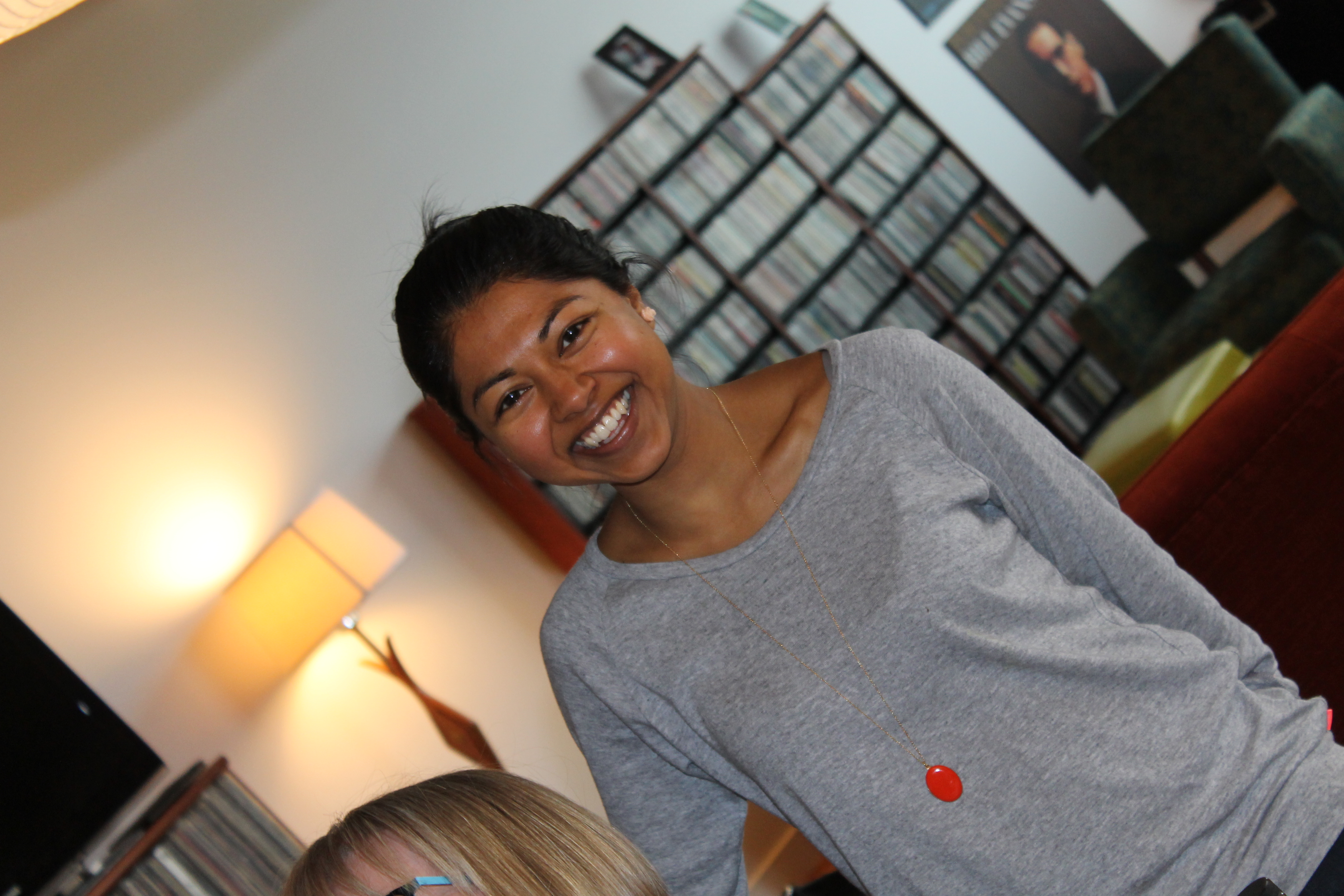

Hi 🙂 I just found your blog and really like it. Thank you for doing what you do.
I have a question about this recipe. Do you think I could take out the oats and put something else in their place? I am allergic to oats…Maybe quinoa flakes? Coconut shreds?
Thanks!
Hi Zosia!
Thanks! You can try the recipe with quinoa flakes but I haven’t personally. Quinoa flakes are more water absorbent so you will need to add a bit more water than in the original recipe. Play around with it to see how much is needed. I hope this helps. Let me know how it turns out 🙂
~Michelle
I made this bread and it was amazing
I’m glad you liked it!